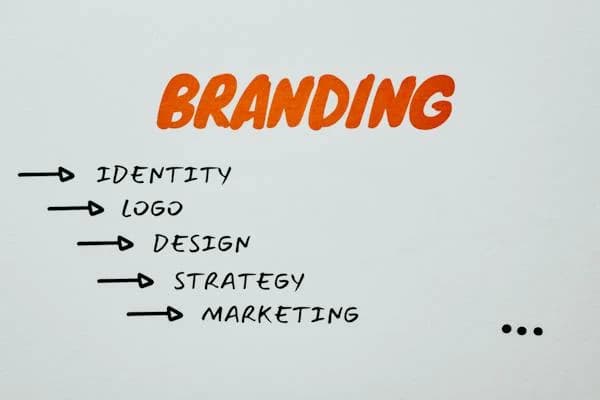Before we understand whether it is possible to apply casino finance marketing strategies to the education sector, let’s understand what they are and how they work.
What is a casino marketing strategy?
Marketing strategy includes all the advertising efforts companies use to attract customers and keep them there. Successful campaigns help develop relationships with consumers. Visit BestCasinosColombia.com to have a look at some of them.
Casino marketing strategies describe what tactics, channels, and content styles establishments will use to attract new audience members and retain current customers. A marketing strategy determines which business segments you target, why you want to reach them, and how you intend to measure the success of your efforts.
What marketing strategies do casinos use?
Casinos choose marketing strategies based on advertising and revenue goals, target demographics, and customer preferences. Gaming companies strive to meet consumers where they feel most comfortable using a variety of channels, including:
Advertising newsletter
A powerful form of direct mail marketing, this channel uses email to promote casinos, games, and events. Email campaigns may include advertising new products, exclusive discounts, or a customer newsletter.
Digital Marketing
Advertising on your phone, tablet, or other device is an example of digital marketing. This channel covers various forms of online advertising and digital content to connect brands and customers online, including display advertising, banner advertising, pay-per-click advertising, and search engine campaigns.
Content marketing
Content marketing deals with online advertising materials such as blogs or video content. It covers the process of planning, creating, and distributing content through online channels. The main goal of CM is to stimulate interest in your business rather than overtly promote it.
Social Media Marketing
Many companies use Facebook, TikTok, YouTube, Instagram, Snapchat, and other platforms to build their brand and interact with consumers. Create a viral hashtag campaign, engage in influencer marketing, and increase sales by driving more traffic to your casino website.
Print marketing
Casinos promote their business to consumers using printed materials (e.g., newspapers, cards, flyers, and magazines). Stickers, coupons, invitations, letters, and brochures are popular forms of printed marketing collateral.
Loyalty marketing
Loyalty marketing is critical for a casino. It promotes a casino’s loyalty or rewards program. These campaigns encourage consumers to continue using the casino’s services, increasing customer retention and sales.
Affiliate Marketing
This advertising model uses third-party retailers and publishers to generate traffic and attract potential customers to your company and its products. Sales are made through third-party referrals, for which the casino pays a commission.
Co-branding
Co-branding is a strategy that involves creating and nurturing real, live relationships. Business-to-business marketing, event sponsorship, and cross-promotional opportunities are examples of collaborative partnerships. This strategy relies on relationships that can expand or change over time, while partnerships require little to no maintenance.
Educational Funding Strategies
Now, let’s see what strategies are used for educational marketing and do they have anything in common with casinos.

School marketing
There was a time when schools relied solely on their reputation and word of mouth. Now millennial parents have become more tech-savvy and are using the Internet to make decisions. Schools that don’t actively advertise themselves can be ignored by millennial parents who would otherwise be interested in what they offer.
Higher Education Marketing
Colleges and universities benefit from it because it helps them promote their brand and drive student enrollment. Students benefit as advertising helps them make the right choice when choosing their field of study.
Digital Marketing for the Education Sector.
Educational institutions must use digital channels to convey their message to a broad audience effectively. These channels include email, web content, social media, and paid search. Leveraging these and other channels takes a lot of work. Still, the potential to significantly increase revenue and reduce cost per lead is enormous, making digital marketing a vital cornerstone of any education advertising strategy.
Social Media Marketing for Educational Institutions
Both parents and students spend a lot of time on social networking sites, and educational institutions must be present on sites like Facebook, Twitter, and Instagram to interact with them and learn more about their wants and expectations. Content posted on social media should be short, engaging, and consistent with the image the institution is trying to project.

Promotion of educational applications
Today’s educational app market is so competitive that it is no longer enough to have a great product – you also need to have a great strategy executed to perfection to stay ahead of the competition.
So we can see that marketing strategies and general recommendations can be similar and used in both cases:
- Use social media platforms to connect the audience.
- Include digital advertising in the budget.
- Create a mobile-friendly site with optimised landing pages.
- Encourage students or clients to leave online reviews.
- Create engaging video content.
- Create and promote mobile-friendly applications.
School advertising strategies can benefit from emphasising safe learning in their content. Education websites and apps can also help by presenting themselves as a safe alternative to in-person learning.

